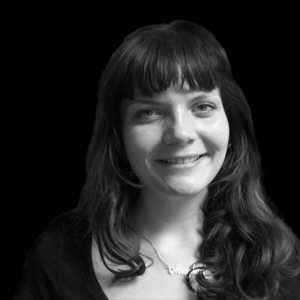Callaghan: Syracuse must continue environmentally conscious progress, despite being named to top ten list,
Years of green improvements and hard work have started to pay off for the City of Syracuse, which travel advice website Nerd Travel named as one of the top 10 “best destinations for green travelers” on July 16.
Instead of seeing this accolade as an end goal, Syracuse residents should continue to develop environmentally conscious progress throughout the city.
The decision to name Syracuse as a top green city came from focuses on the work of the Syracuse Center of Excellence, Onondaga Lake cleanup and Leadership in Energy and Environmental Design-certified Platinum Hotel Skyler. Mention was also given to Syracuse University’s Sustainability Division and the State University of New York College of Environmental Science and Forestry’s Green Campus Initiative.
While all of these programs work to improve our city, there is always more to be done, and luckily, there is a plethora of actions that can be taken on a personal level — examples even college students can set. With more personal actions taken, there can even be governmental and university responses.
For instance, a simple alternative to getting to class or downtown is riding a bike. With exercise comes decreased fuel consumption and decreased emissions.
When more people ride bikes, it becomes apparent that better infrastructure is needed.
While the Connective Corridor is a great addition to ease bike access, more bicycle lanes should be added throughout the city. Improvements can be made to the Euclid Avenue “bike lane” or parking spaces, depending on what side of the street you’re riding.
A great way to push for greener improvements in bike infrastructure is to get more bikes out on the road, along with fewer vehicles. The result is a city that’s just a little bit greener.
Another easy option for some students can be composting. While the university already composts any food waste in the dining centers, students that do their own cooking in South Campus apartments or off-campus housing can start a humble compost with a bucket and some vegetable and plant scraps.
With more students and city dwellers composting, is it too much to dream of a city-wide — or even university-wide — composting system? Cities across the country are moving toward or have already implemented composting programs.
New York City Mayor Michael Bloomberg announced the start of a pilot composting program in June. If New York City can do it, Syracuse can have it in its future — but maybe in the far-off future.
Progress doesn’t require huge change. It doesn’t even have to be something you do every day. But if we make these choices more often, we can improve our city, our university and our lives.
Though we’ve been awarded, we can’t stop now. It just shows us we’re on the right track toward a brighter tomorrow.
Meg Callaghan is a senior environmental studies major and writing minor at SUNY-ESF. Her column appears weekly. She can be reached at mlcallag@syr.edu.
Published on July 25, 2013 at 1:30 am






